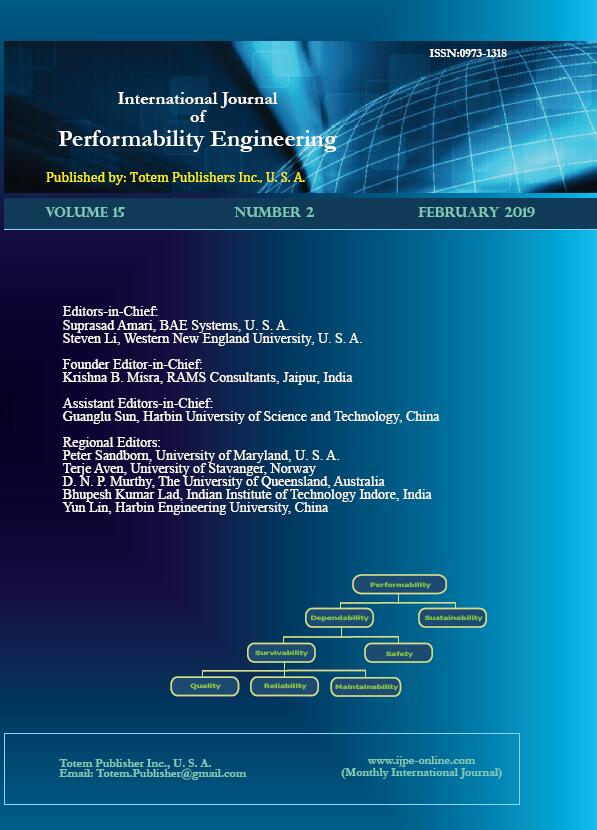The activation of intangible cultural heritage has received much attention in recent years. Especially in tourism, there have been different activation forms for intangible cultural heritage, such as museum display, time-honoured brand, festivals, interaction activities, tourism products, and so on. Compared with other forms, the design of tourism products is more preferable, as the core idea of the activation is to associate the traditional culture with the modern time. However, the inheritors have various kinds of limitations (e.g., lack of education) to meet the requirements nowadays. It is particularly difficult for inheritors to achieve some kind of innovation for the activation of intangible cultural heritage. Various kinds of computing technologies have been widely utilised in different fields. Even artistic fields benefit greatly from them. In the meantime, due to the deep utilisation, the creative elements within artistic fields also influence the computing dramatically, which generates a variety of new concepts in the computing field. Creative computing, which is one of them, aims to improve human creativity by computing through creative ways. Therefore, in this paper, the study focuses on trying to apply the ideas of creative computing to facilitate the innovation of inheritors for the activation of intangible cultural heritage.

